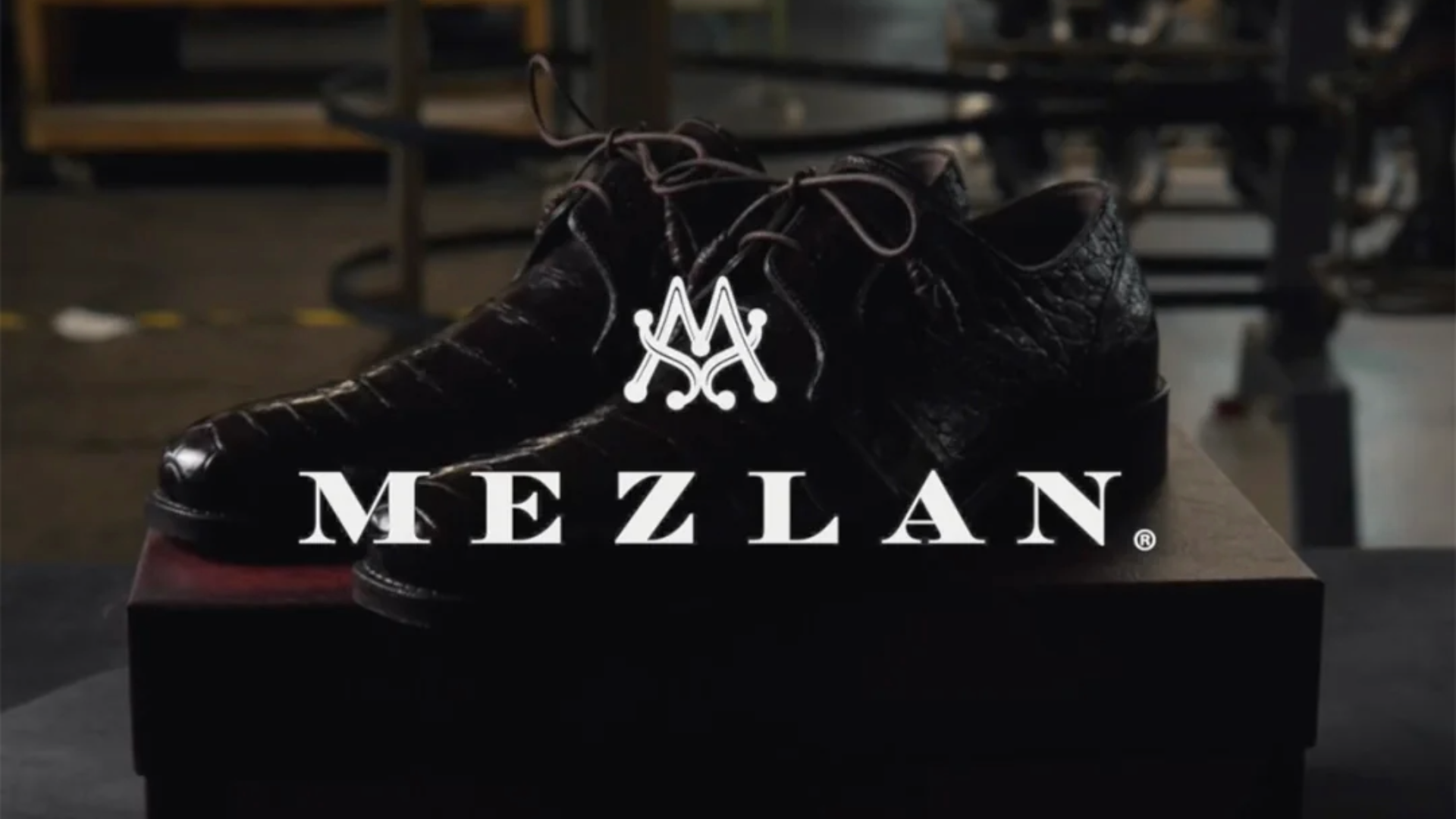The History of Chicago's Magnificent Mile by Mezlan Chicago

The legacy of Chicago's Michigan Avenue began in the mid-19th century when its original strip, which ran alongside Lake Michigan from the Chicago River to the city's southern border, was built. At that time, the street was known as Michigan Boulevard, nicknamed Boul Mich after Paris's Boulevard Saint-Michel. During the Great Chicago Fire of 1871, many of the buildings along Michigan Ave, which at that time was primarily residential, burned down and were used along with the remains of other structures to fill in the edge of the lake. This process moved the street inland to its current position.
As early as 1891, plans to extend Michigan Avenue north across the Chicago River began to emerge. In 1909, Daniel Burnham's Plan of Chicago included transforming the street into a center of major commerce. In 1912, the Greater North Michigan Avenue Association, known then as the North Central Business District Association, was founded to promote the development of the area.By 1913, the idea of replacing the Rush St. Bridge with a bridge connecting Michigan Ave to Pine St. at the Chicago River had taken center stage, and the bridge was completed in 1920.
Promptly after the completion of the bridge, the Wrigley Building was constructed for the purpose of attracting shoppers and businesses north of the Chicago River. Soon a building boom would hit the avenue, bringing such landmarks as the Tribune Tower, Drake Hotel, InterContinental, Woman's Athletic Club, and Fourth Presbyterian Church. This boom was abruptly ended when the stock market crashed.
In 1947, as Americans were pulling themselves out of the Great Depression, Arthur Rubloff, a real estate developer who led the Greater North Michigan Avenue Association, launched a campaign to revitalize the district. His plan included renovating existing buildings as well as constructing new ones to rebuild the area's reputation as a center of dinning, shopping, and culture, but perhaps his greatest contribution was the name he gave to the avenue: The Magnificent Mile.
In 1970, the John Hancock Mutual Life Insurance Company invested 100 million dollars to build what at that time was the world's tallest building. The 100 story John Hancock Center would serve as a multipurpose building, housing both commercial and residential units. Five years later, Water Tower Place, the country's first urban vertical mall, would be built at 74 stories tall, adding to the number of skyscrapers along the Magnificent Mile.
From 1988 to 2001, the Magnificent Mile would experience its second building boom, as many older buildings were renovated and new ones were built. Among the new additions were Chicago Place and 900 North Michigan Shops.
Today, the Magnificent Mile encompasses a 13-block stretch of North Michigan Avenue, running from the Chicago River in the South to Oak Street in the North. The Mile has successfully secured its position as Chicago's premiere destination for shopping, hotels, dining, spas, and other attractions, and includes over 3.1 million square feet of retail space, 460 stores, 275 restaurants, and 51 hotels. The Magnificent Mile Lights Festival and Shopping Festival serve as centerpieces for the over 22 million people that visit the area every year.
Chicago's Magnificent Mile is the experience of a lifetime. Don't miss your opportunity to explore the rich history of the district and indulge in the best the city has to offer. While you're there, visit Mezlan in the 900 North Michigan Shops for the finest in men's handcrafted dress and casual shoes.






Leave a comment